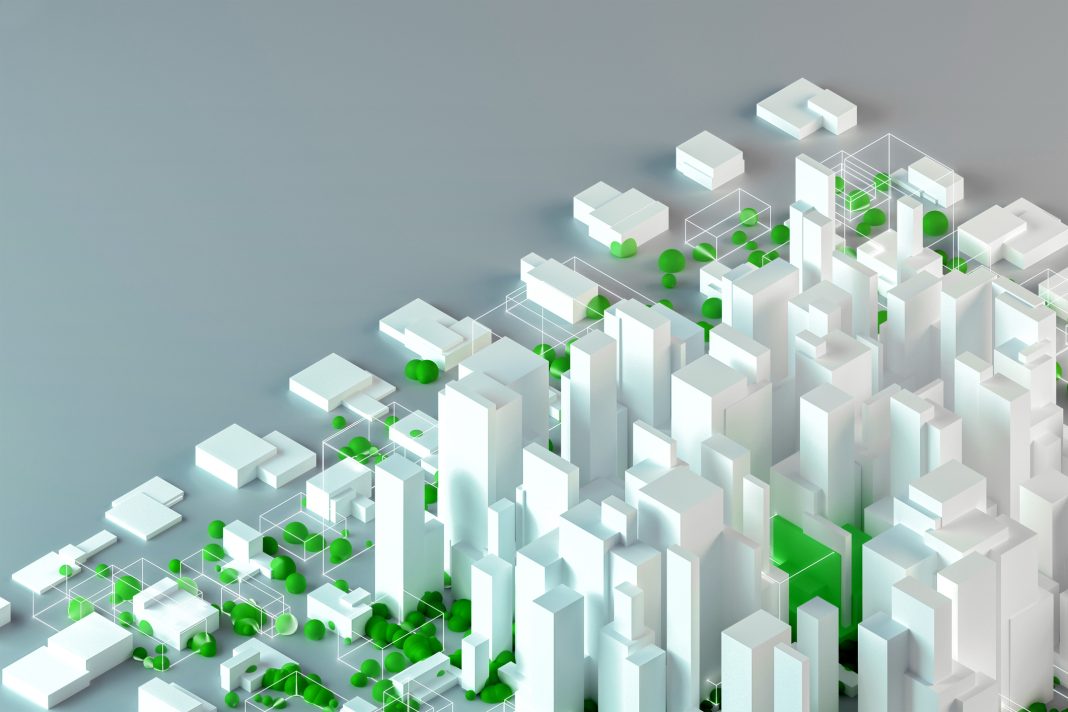As times change, future generations will begin to measure legacy on the positive environmental and social impact that it has on the world around it. Digital construction may just be the answer, explains Yves Padrines, CEO of the Nemetschek Group
There is a saying, often cited as a Greek proverb, that “a society grows great when old men plant trees in whose shade they never sit”.
While the true origin of this quote is unknown, it is nevertheless a profound sentiment and food for thought in terms of what we as a generation will leave behind for those that come after us.
In the context of the construction industry, the quote provides a neat encapsulation of how attitudes towards a building are changing when it comes to determining what it makes truly stand the test of time.
Buildings are an important marker of societal progress
Some buildings represent a particular point in time. Some are timeless. Some were built for greatness; others had greatness thrust upon them.
Buildings are an important marker in societal progress, acting as a physical time capsule conveying not just the construction techniques and state of the art at a particular point in time but society’s wider aspirations and concerns.
Indeed, buildings represent the way their constructing society sees the world – or would like to be seen by it.
It is often said that history is written by the victors but buildings, or even what remains of them, can also be monuments to tragedy and loss. On a fundamental level, they can help to provide important historical context and tell the story of who we were, and who we are.
It follows then that buildings built today will tell future generations about the society that we are, and the society that we want to be. In the way we design, construct and use buildings, we are sending a message to future generations about who we are now and how much we value them.
Most buildings are purposely designed to outlast us and as such they should not only tell the story of our present but define how we are seen in the future. “Futureproof” is a word that is often used, particularly in relation to technology, but is this really an appropriate term?
Is the future something we should be proofing against? Or is it something to work with, providing continuity and stability in joining the old and the new, along with the future unknowns?
In essence, we will be measured tomorrow as a society by what we build today. Which begs the question: what do we want future generations to think of us?
Sustainable building design has come far, but we still have a long way to go
It is becoming increasingly clear that preventing irreversible climate change is one of the great challenges of our time. Any new building constructed necessarily must be part of the solution, rather than part of the problem.
While welcome steps have been taken in improving the sustainability of the building design and construction industries, much more needs to be done on this front. So too with its approaches to accessibility and diversity.
Indeed, it is far easier and more cost-effective to bake these concepts in from the outset than it is to retrofit them into existing buildings later on, no matter when a building was built.
Digital construction enables the design and construction of buildings to be made more sustainable
Buildings are an indelible physical manifestation of humanity’s impact on the environment. Decisions taken today can have a ripple effect on outcomes hundreds of years from now. The speed at which we can build, and the investment that building activities require, are today’s problems.
We can address these up to a point through innovation and technology, effectively managing data and improving efficiency, productivity, safety and speed, while using fewer resources to achieve more. However, in a world of increasingly finite resources, today’s buildings must also address tomorrow’s problems.
In the era of digital transformation, the tools are available to make buildings, as well as the design, construction and maintenance of them, more sustainable.
The Nemetschek Group is at the forefront of using digital tools to embrace more sustainable practices.
Digital construction technology is demonstrating its potential in building sustainably
Innovations such as digital twins, automation and AI are already demonstrating their potential in this arena and are no longer the sole preserve of the biggest companies with the deepest pockets.
Digital tools can help to improve the sustainability and longevity of a building from the design stage, where materials and quantities can be more carefully planned to reduce wastage, right through the building’s lifecycle. BIM and prefabrication are helping to reduce the carbon footprint and costs of both new builds and retrofits alike.
Nobody said that addressing big issues like sustainability would be easy but the more we do now, the better tomorrow will be. Because, as the saying goes, “a society grows great when old men plant trees in whose shade they never sit”.
Yves Padrines
CEO
Nemetschek Group
Tel: +49 89 540459-0














